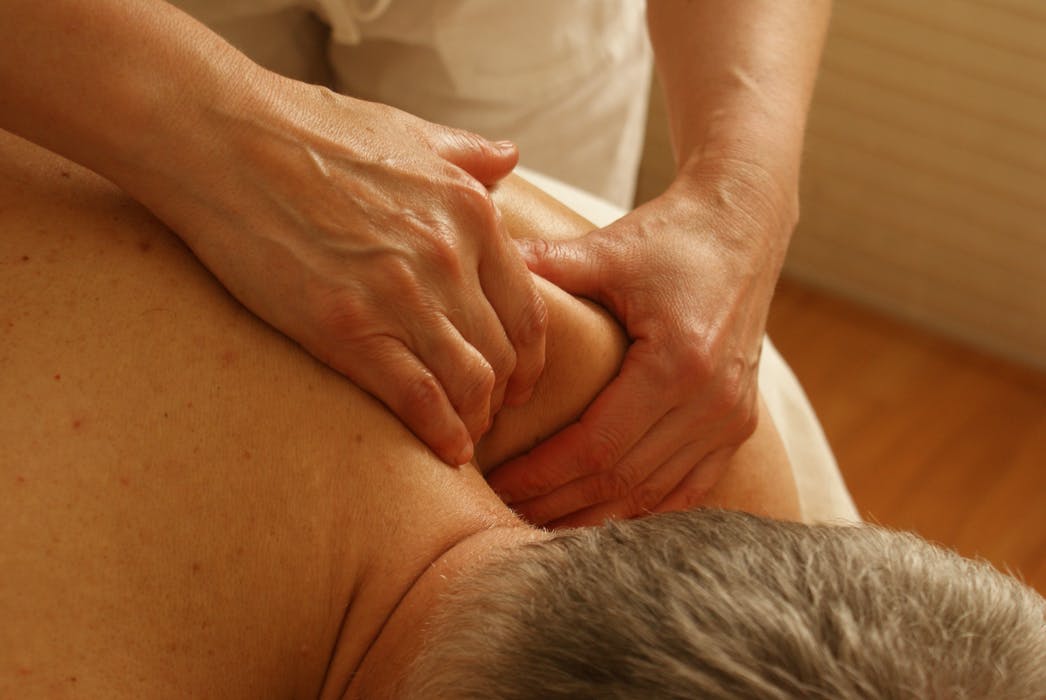|
BOOK NOW |
ASK ABOUT YOUR PAIN |
Home > Blog > Physiotherapy & Hand Therapy > Conditions >Benign Hypermobility Joint Syndrome Physiotherapy
Benign Hypermobility Joint Syndrome Physiotherapy

Benign hypermobility joint syndrome (BHJS) is a hereditary (ie genetics) disorder of the connective tissues (ligaments) that causes patients' joints to become loose throughout the body (hypermobility).
Although some degree of hypermobility in children is normal, individuals with BHJS may have persistent laxity (loose ligaments), resulting in long-term problems, such as
- pain
- increased risk of injuries
- joint instability
What our senior physiotherapists do to help patients with benign hypermobility joint syndrome develop strategies to
- increase joint stability
- reduce pain
- improve movement and function
How Does Benign hypermobility joint syndrome Feel like?
Patients with benign hypermobility joint syndrome often report:
- Joint pains
- Looseness/instability of joints, resulting in sprains, dislocations, or spinal problems
- Decreased "proprioception" (the sense of where a joint is in space), leading to decreased balance problems
- Back pain (often related to prolonged static positions, such as standing or sitting).
How Is Benign hypermobility joint syndrome Diagnosed?
The diagnosis of BHJS is made when an individual reports having pain in multiple joints, along with hypermobility in multiple joints, and after other potential rheumatic disorders as well as conditions that result in joint laxity, such as Ehlers Danlos syndrome have been ruled out.
How Can our senior PhysioTherapists Help?

Our senior physiotherapists play a vital role in providing treatment strategies and activities that help patients with benign hypermobility joint syndrome improve their joint stability. We will develop an individualized plan of care to treat your condition.
Your physiotherapy treatments may include:
Muscle Strengthening. Muscles also provide stability to joints. We will develop strategies to increase the strength of key muscles that aid in joint stability.
Balance and Proprioceptive Activities. We may work with you on treatment strategies to improve your balance and coordination.
Orthotics/Taping/Bracing. We may provide ankle taping, a custom orthotic, or bracing if a joint is deemed too loose, to help make it less susceptible to further injury.
Manual Therapy. Because pain is a common complaint
of people with this disorder, we may apply gentle
hands-on treatments to reduce your discomfort and gently stimulate the
nerves in your joints, as well provide pain relief physiotherapy.